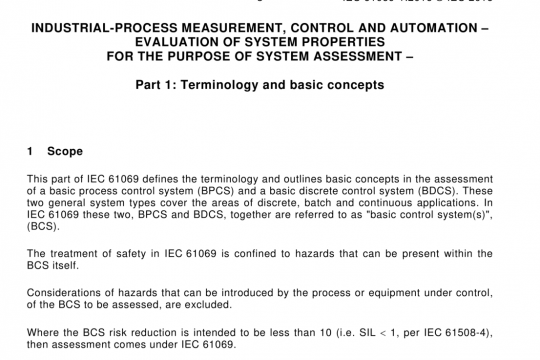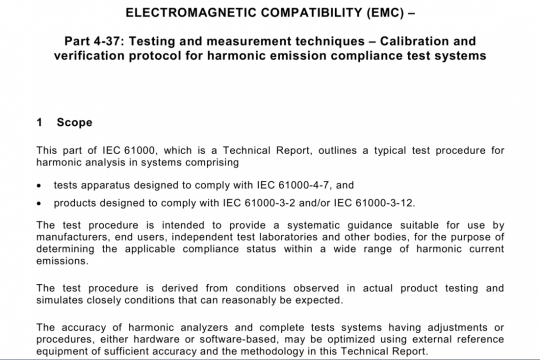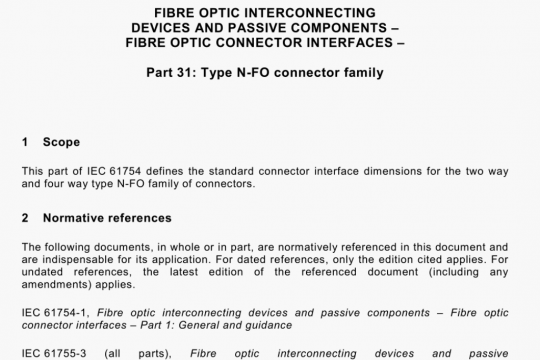IEC 63042-101 pdf free download
IEC 63042-101 pdf free download.UHV AC transmission systems – Part 101: Voltage regulation and insulation design.
4 Reactive power compensation for UHV AC transmission systems
4.1 General principles
An appropriate amount of reactive power supply should be planned and installed in UHV AC systems to meet the system voltage regulation requirements and reduce the amount of unintended reactive power transfers between different network nodes/voltage levels.
A sufficient amount of reactive power supply with flexible capacity, including an adequate amount of reactive power reserve, should be maintained.
The capacity, type and location of reactive power compensators should be selected to improve power transmission capabilities and enhance system stability limits.
Planning and design of reactive power compensators for UHV AC systems should meet the overvoltage limit requirements for UHV AC systems.
A compensation ratio of between 90% to 110% is considered reasonable in planning reactive compensation to minimize the reactive power exchange between UHV and lower voltage level systems. The compensation should be judiciously implemented between line and bus reactive compensation so that it is able to control voltage during various switching operations and to prevent oscillations due to high levels of compensation.
4.2 Configuration of reactive power compensation — consider placing after general functions
In general, reactive power compensation should be distributed at the primary, secondary and tertiary side of the UHV transformer based on the overall requirements for voltage regulation and to minimize the overall cost. The principle of locating reactive power compensation at the primary and secondary sides of the UHV transformer is the same except for the cost of reactive power compensation and its effectiveness in regulating voltage at the primary side of the UHV transformer. In this way, they are treated in the same manner.
The major processes in configuring reactive power compensation for UHV AC systems are as follows:
a) Identify the range of likely active power flow across the UHV line, then calculate and analyse the characteristics of reactive power and voltage profiles along the UHV line, taking into account charging reactive power produced by UHV lines and reactive power loss under different power flow conditions. Simulations need to be repeated for each scenario to determine the compensation that keeps the voltage within acceptable limits. One of the methods for this is to determine the compensation required at each bus by using a static Var compensator (STATCOM) with a large range. The calculated output of the STATCOM that maintains bus voltage at 1,0 p.u. is the required compensation at that bus.
b) Select UHV transformer tap positions to avoid overvoltage under a range of operating conditions taking into account UHV substation location, number of transmission lines connected, and system operation mode.
C) Select capacity and location of UHV line shunt reactors with the following considerations:
1) limiting temporary overvoltage and reducing secondary arc current;
2) balancing charging power of lines and flexibly controlling bus voltage.
d) Identify total and unit capacity of compensators installed on the tertiary side of the transformer. Total capacity should be selected to reduce the reactive power exchange between different voltage levels and maintain bus voltage within the admissible range; the selection of single bank capacity should take into account the maintaining of voltage fluctuations induced by the switching of a single capacitor bank or reactor within a reasonable range. Set the dynamic reactive power limits provided by generators within the desired capability range.IEC 63042-101 pdf download.




